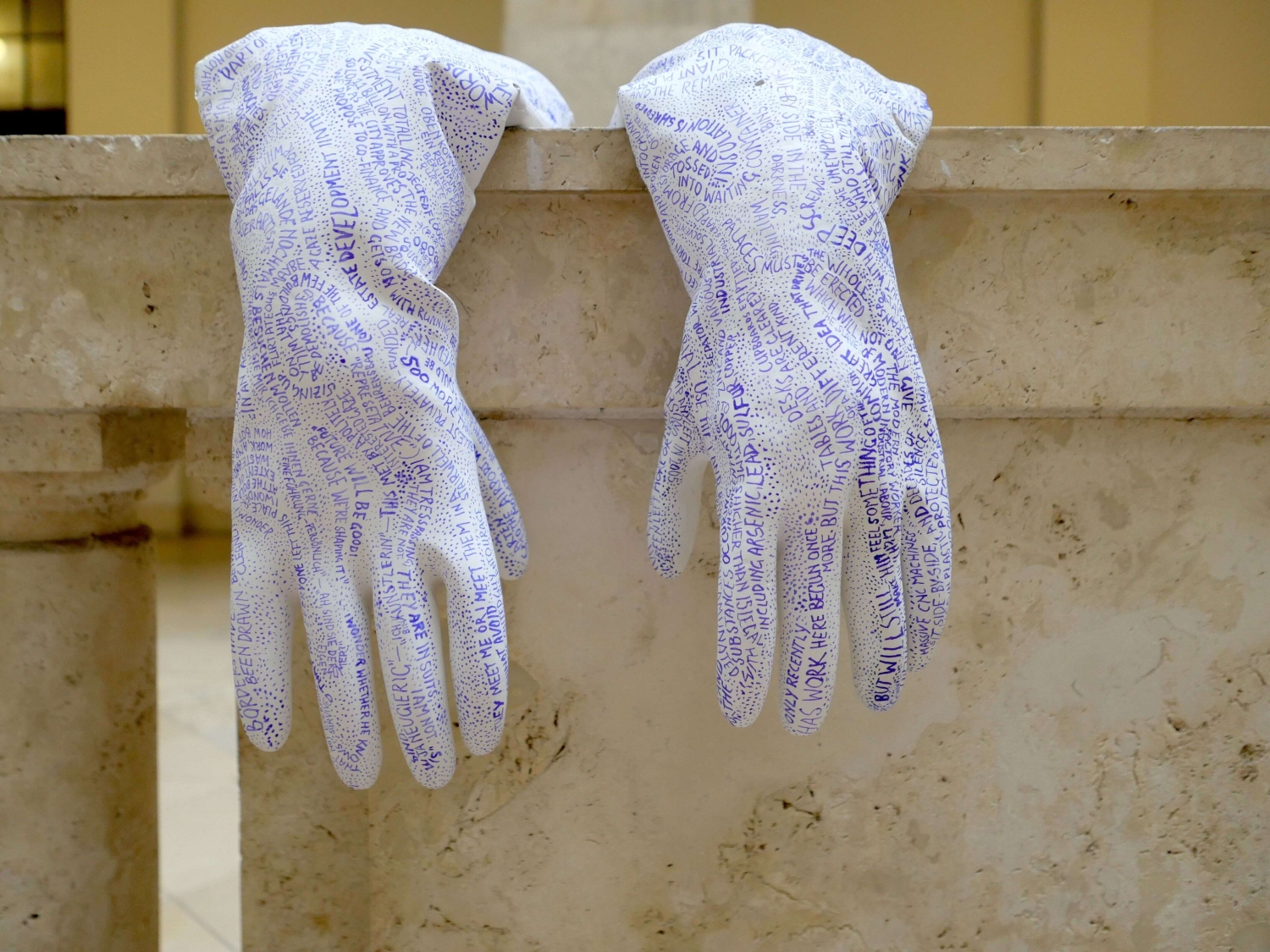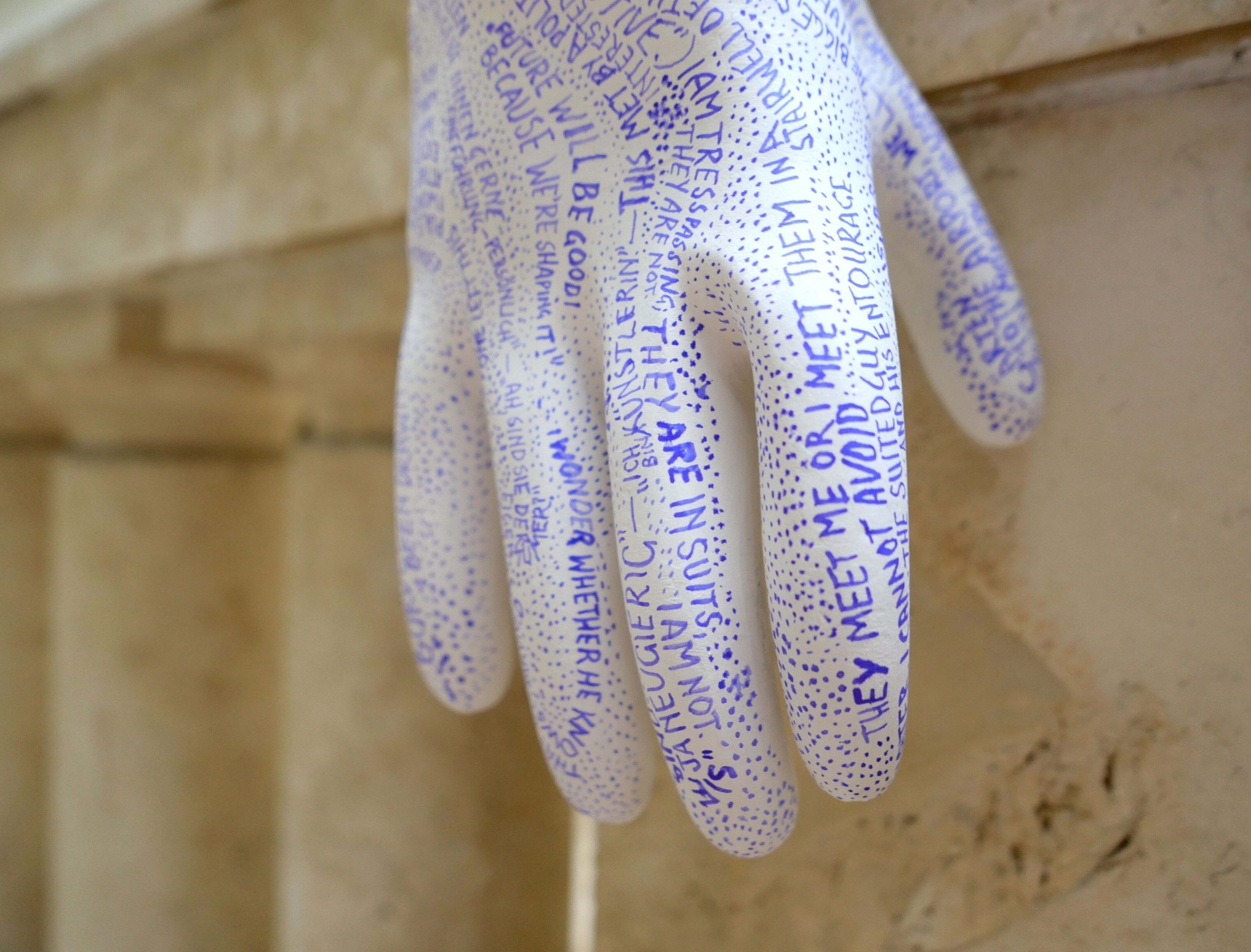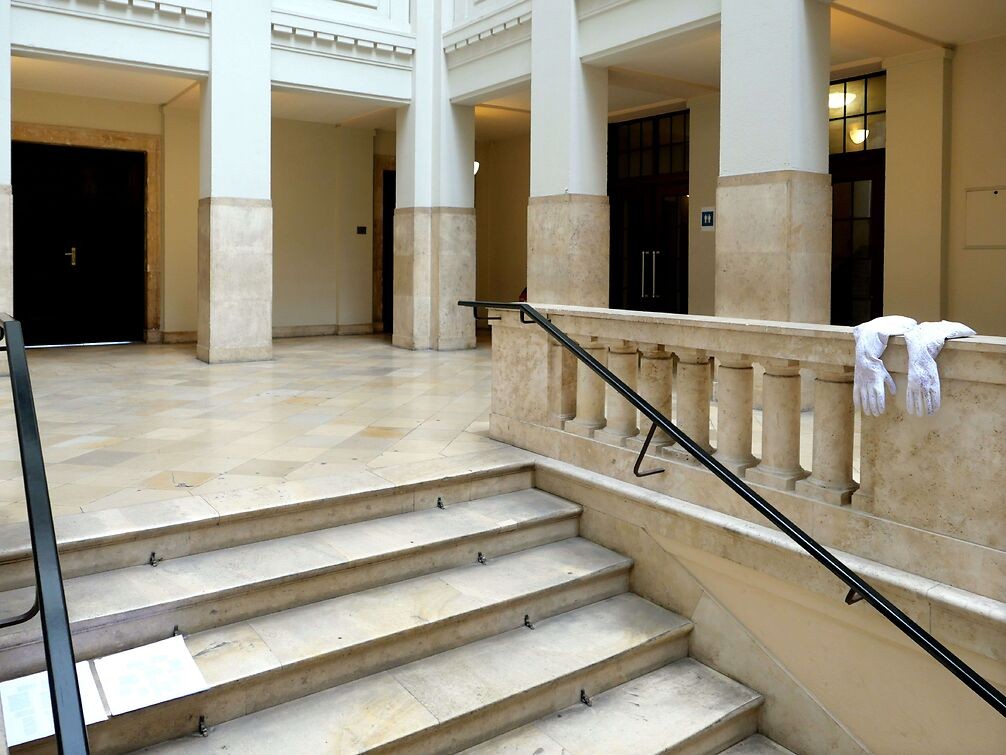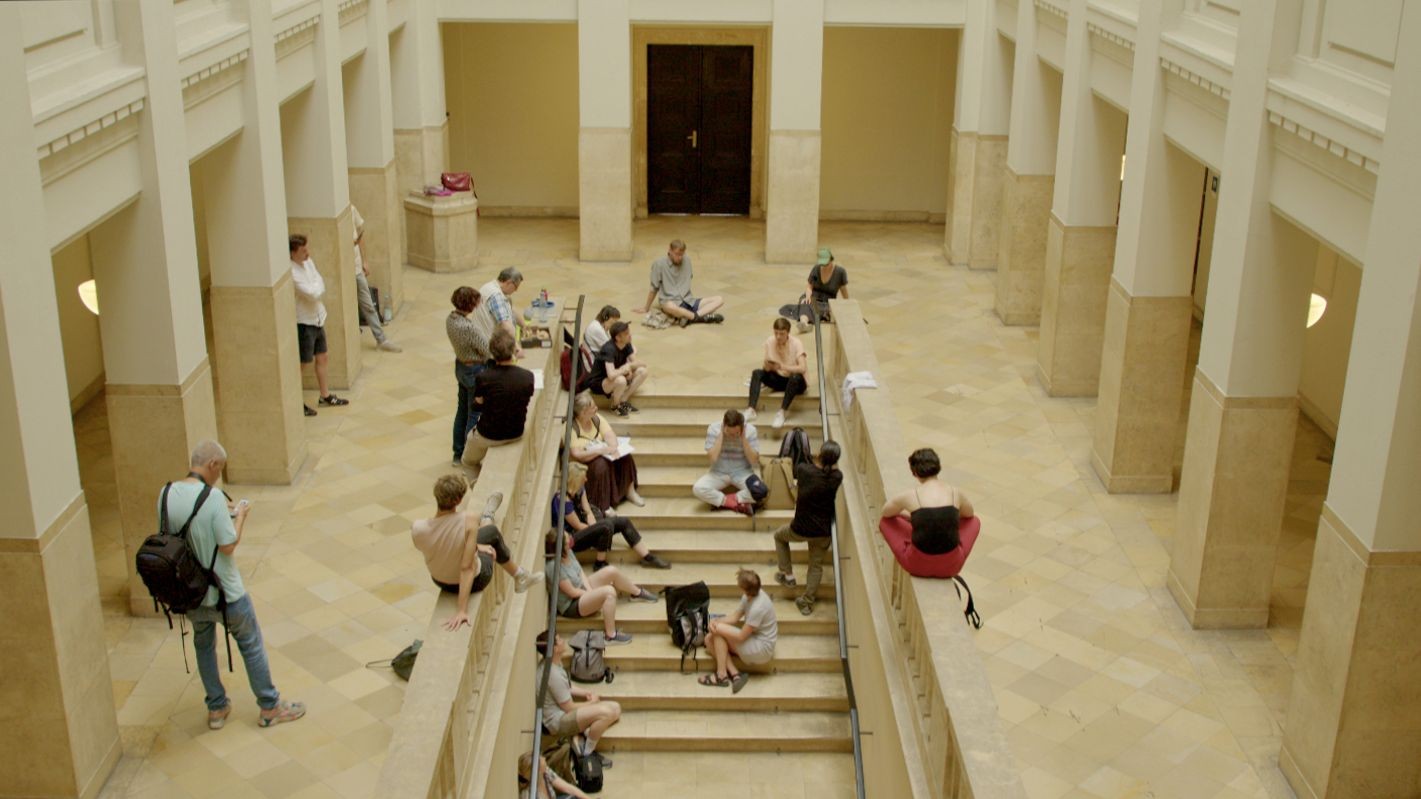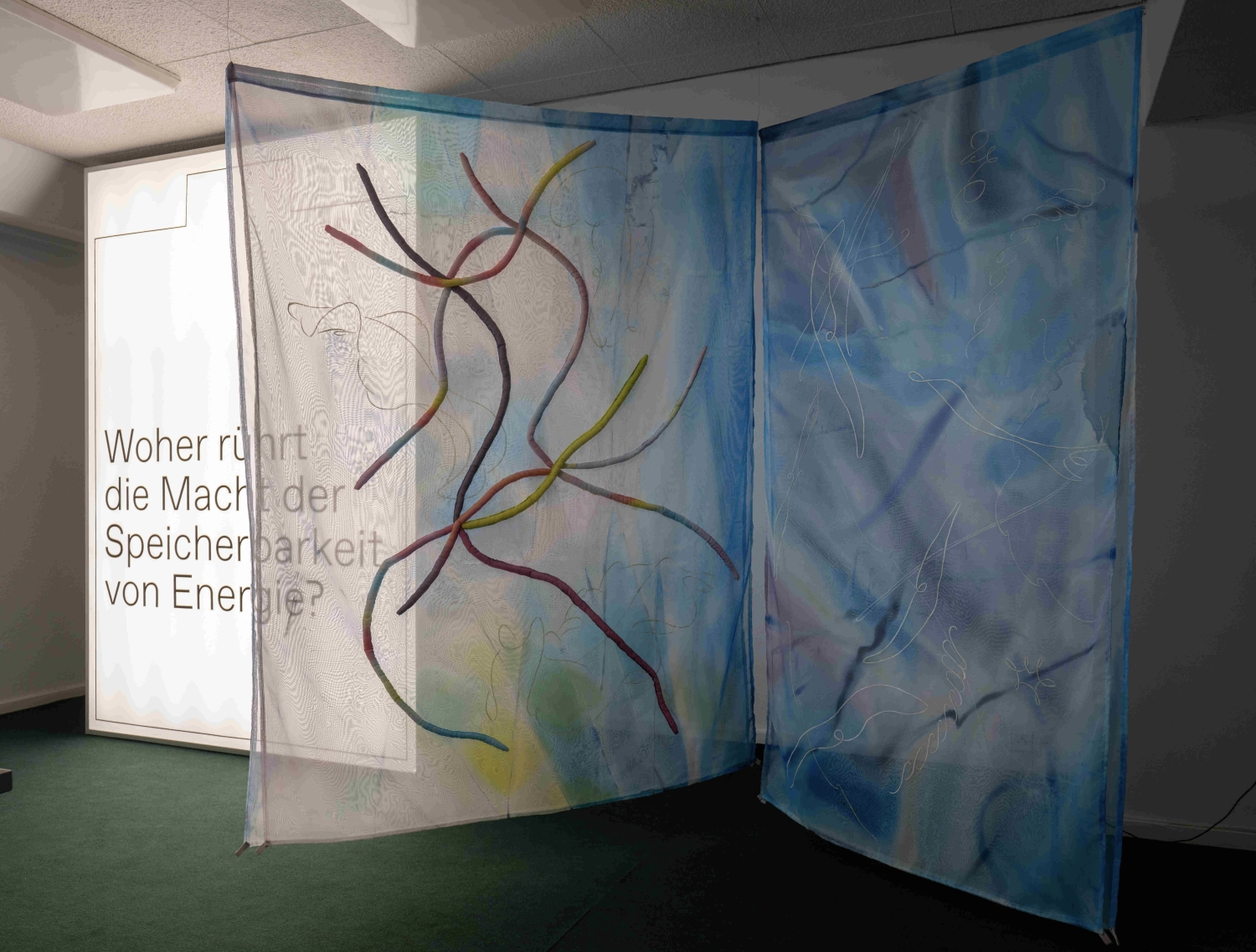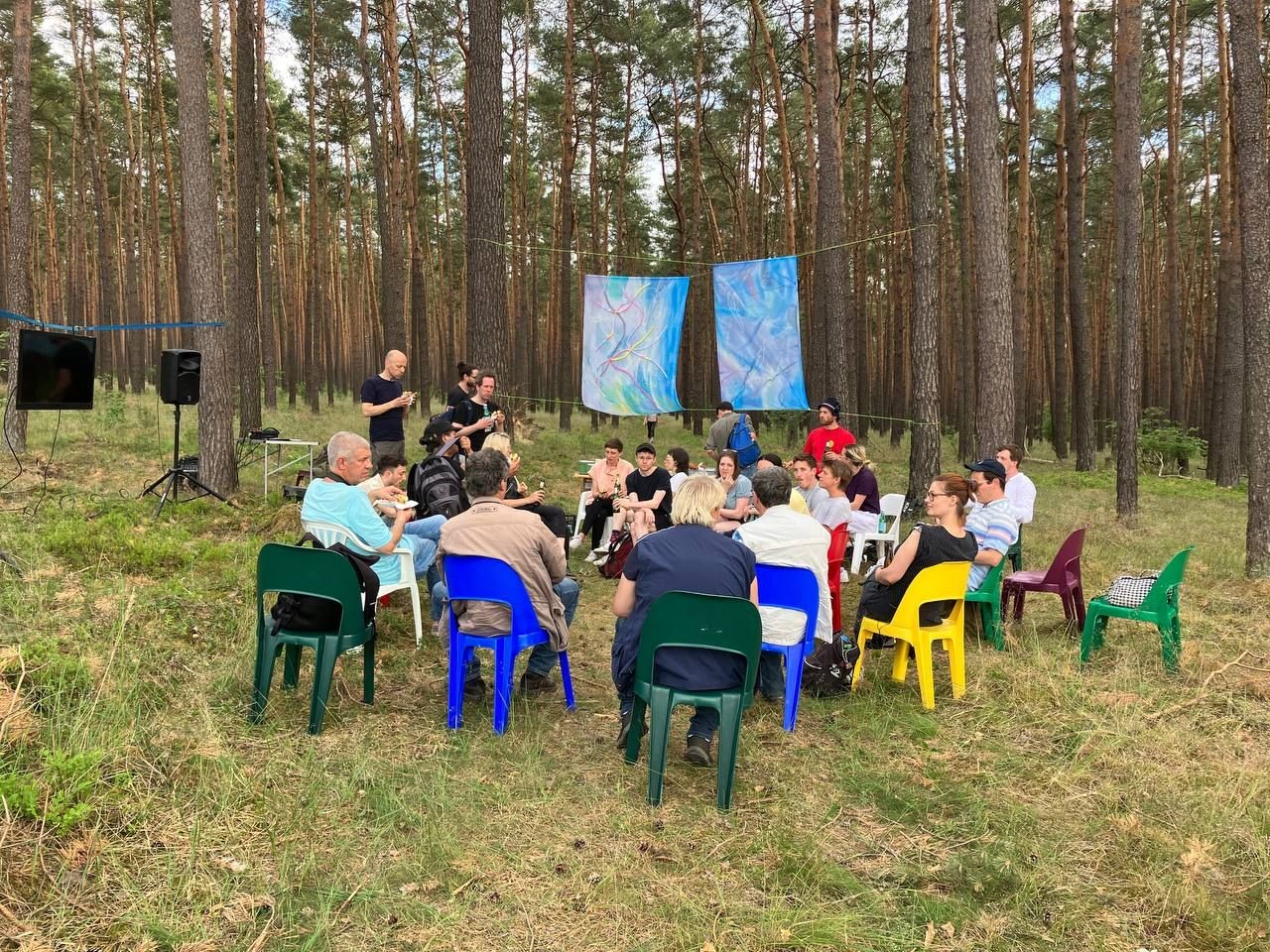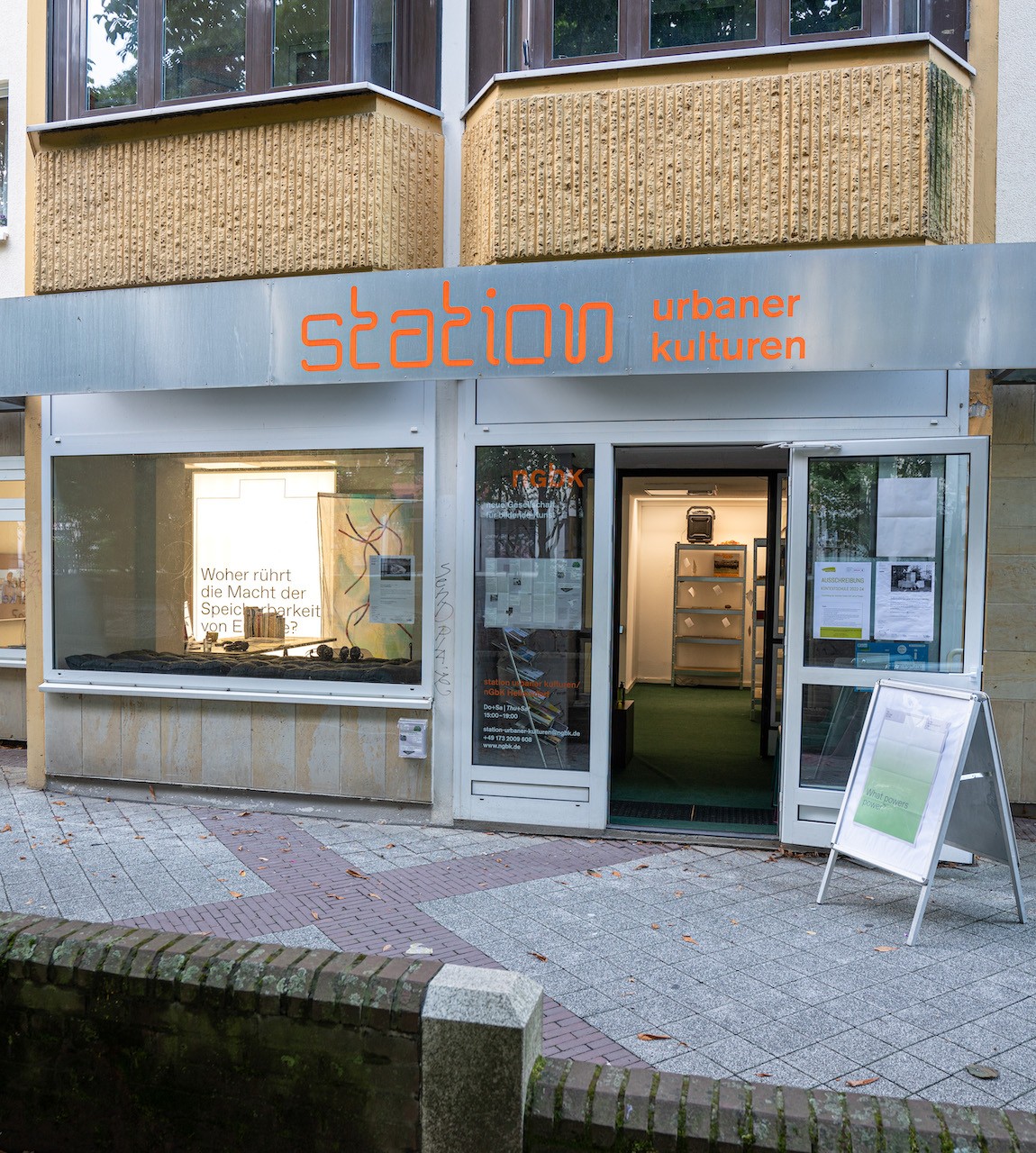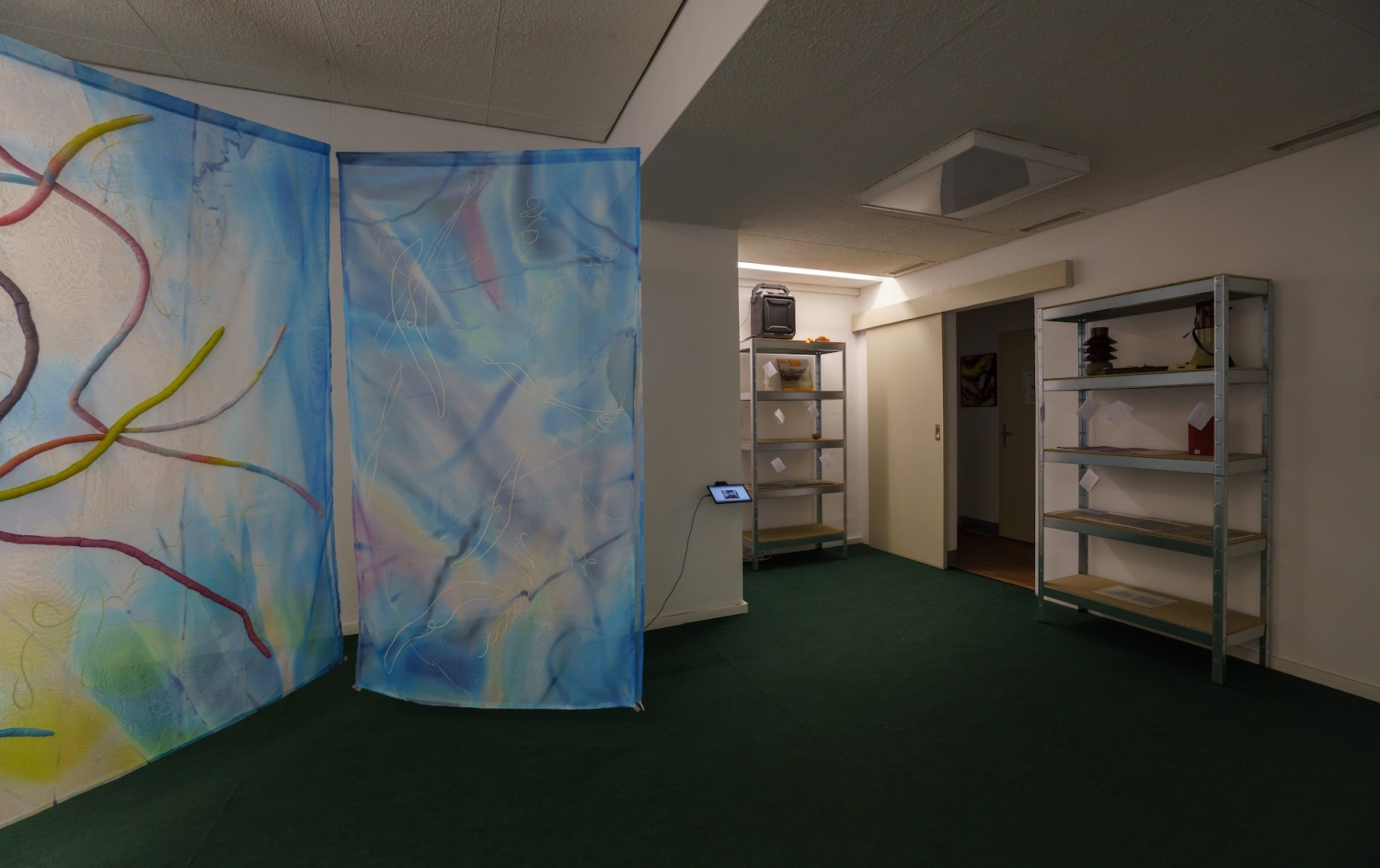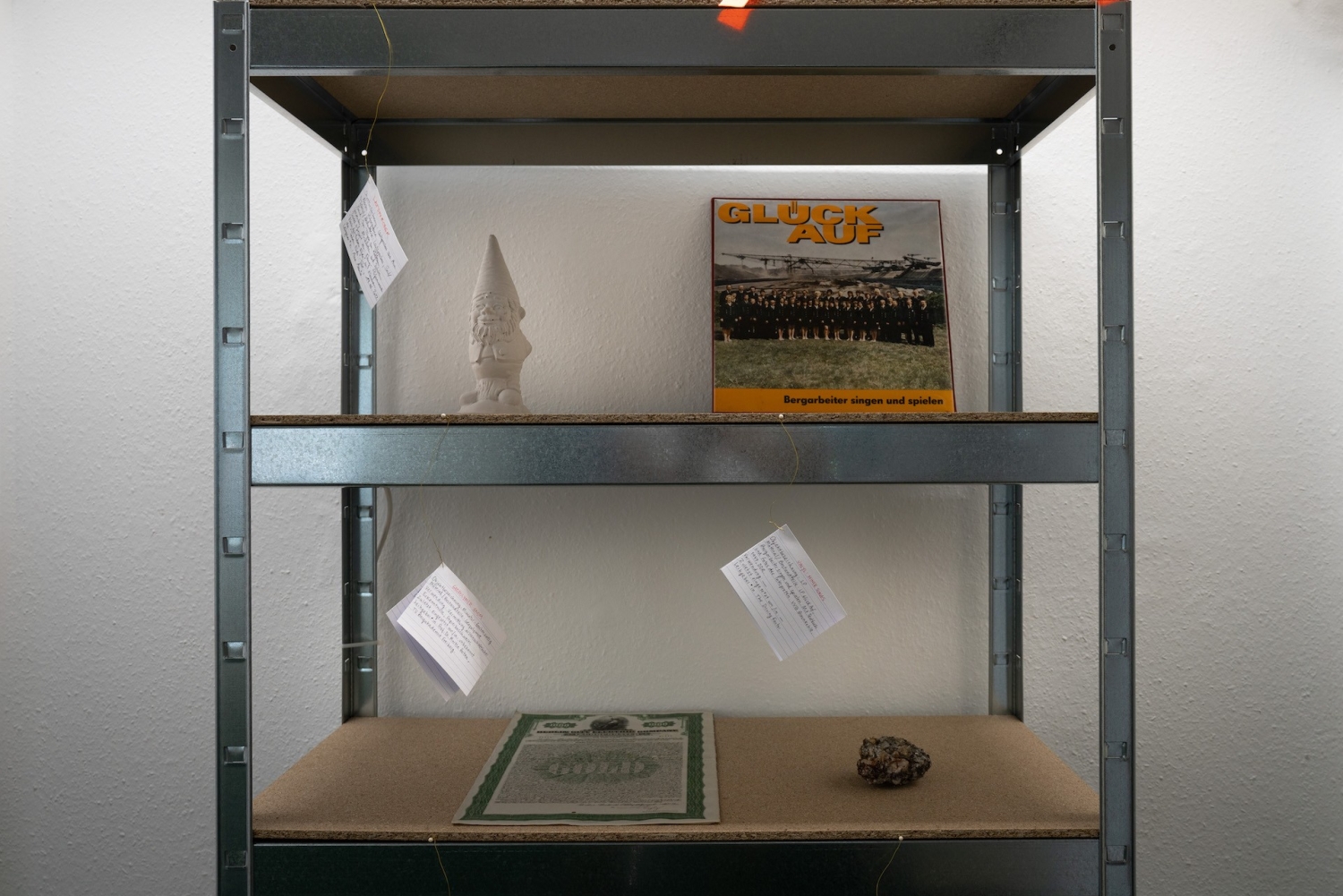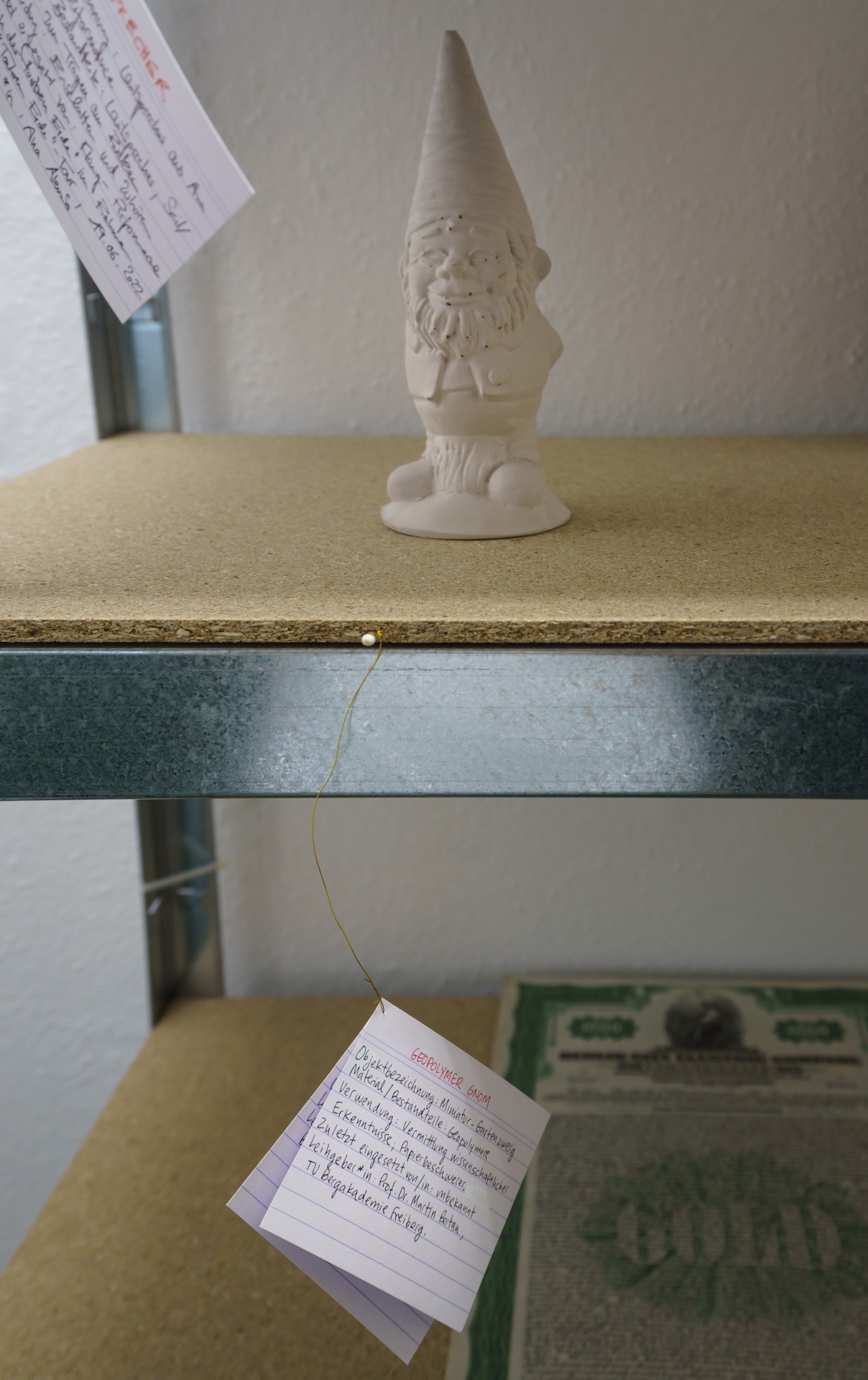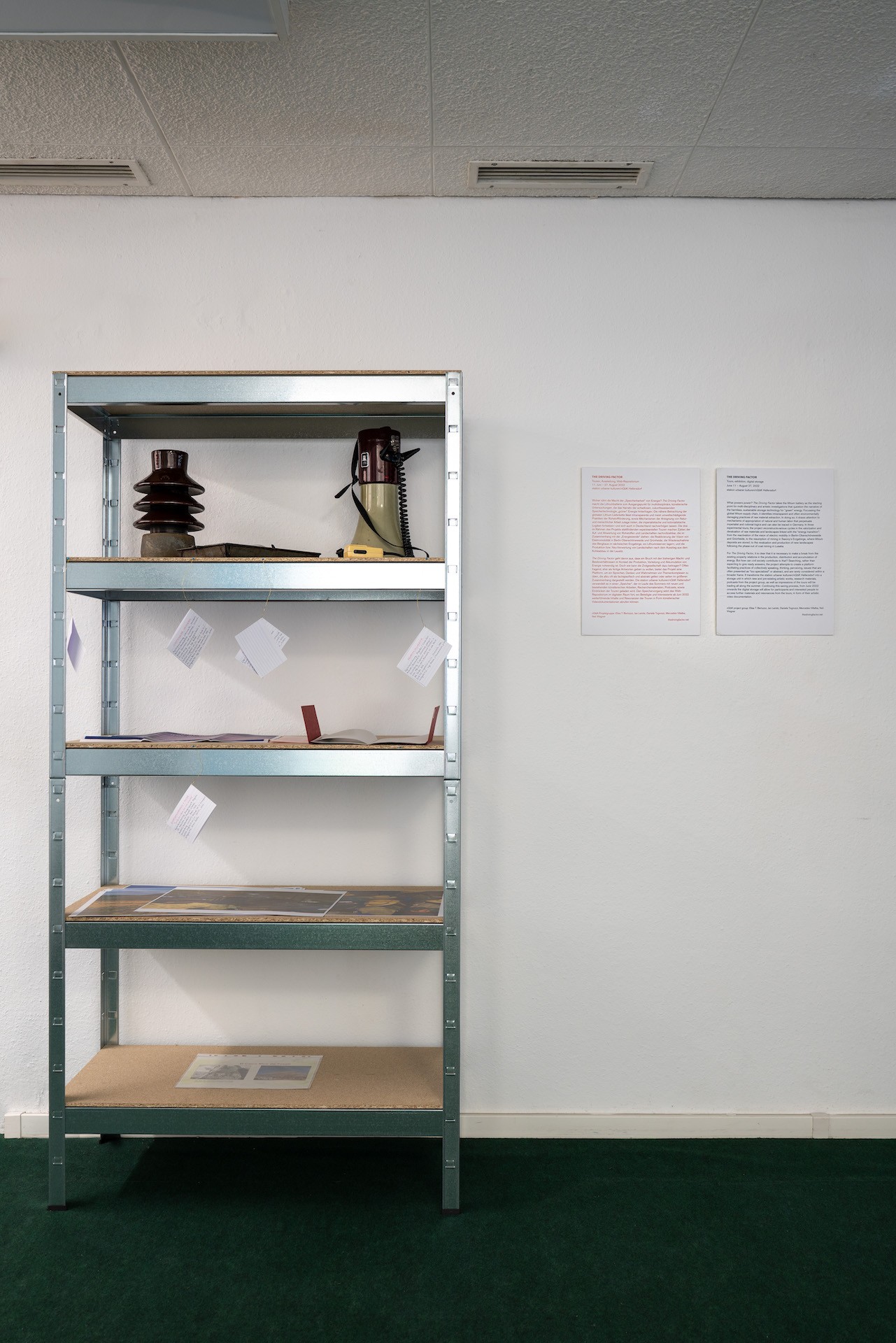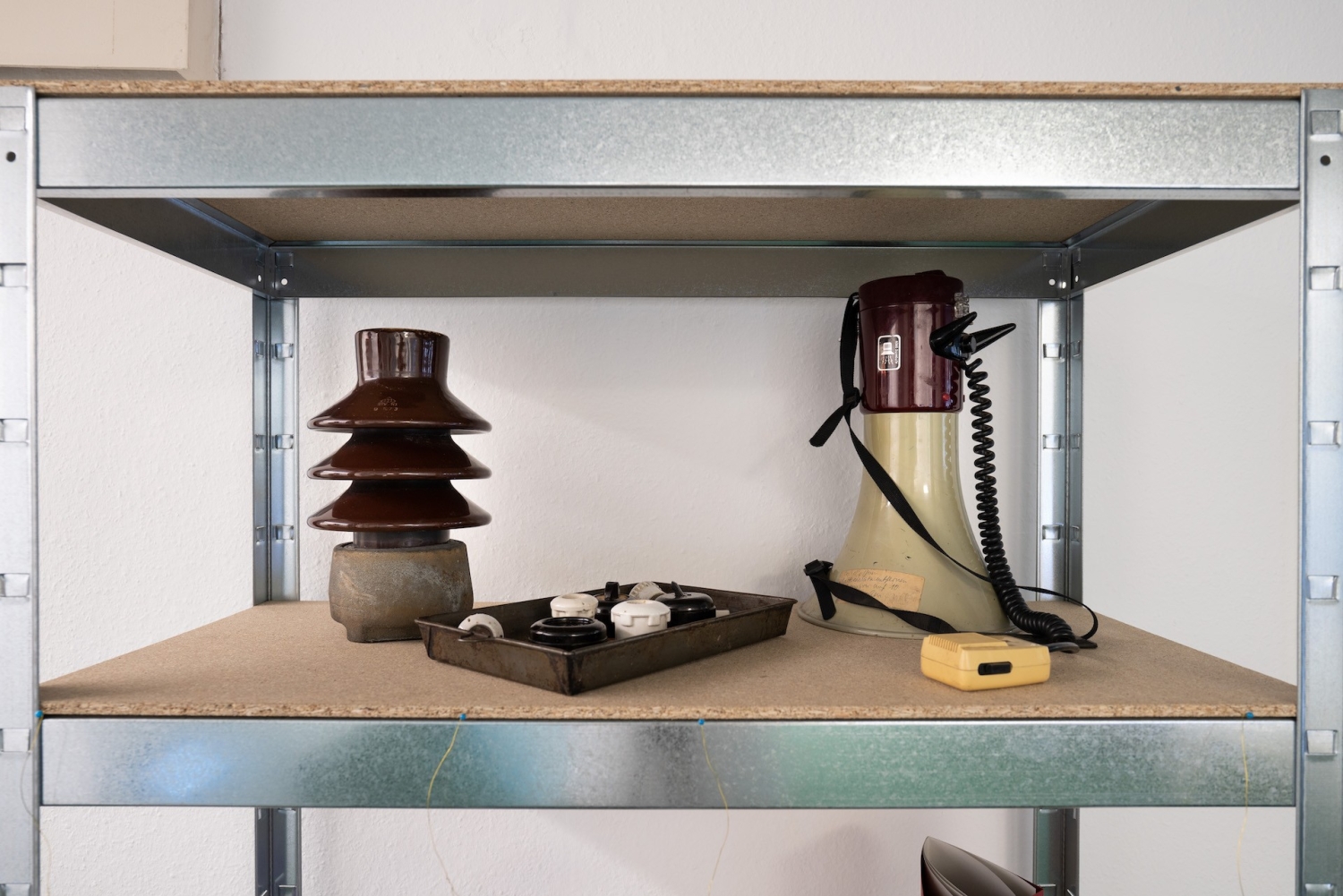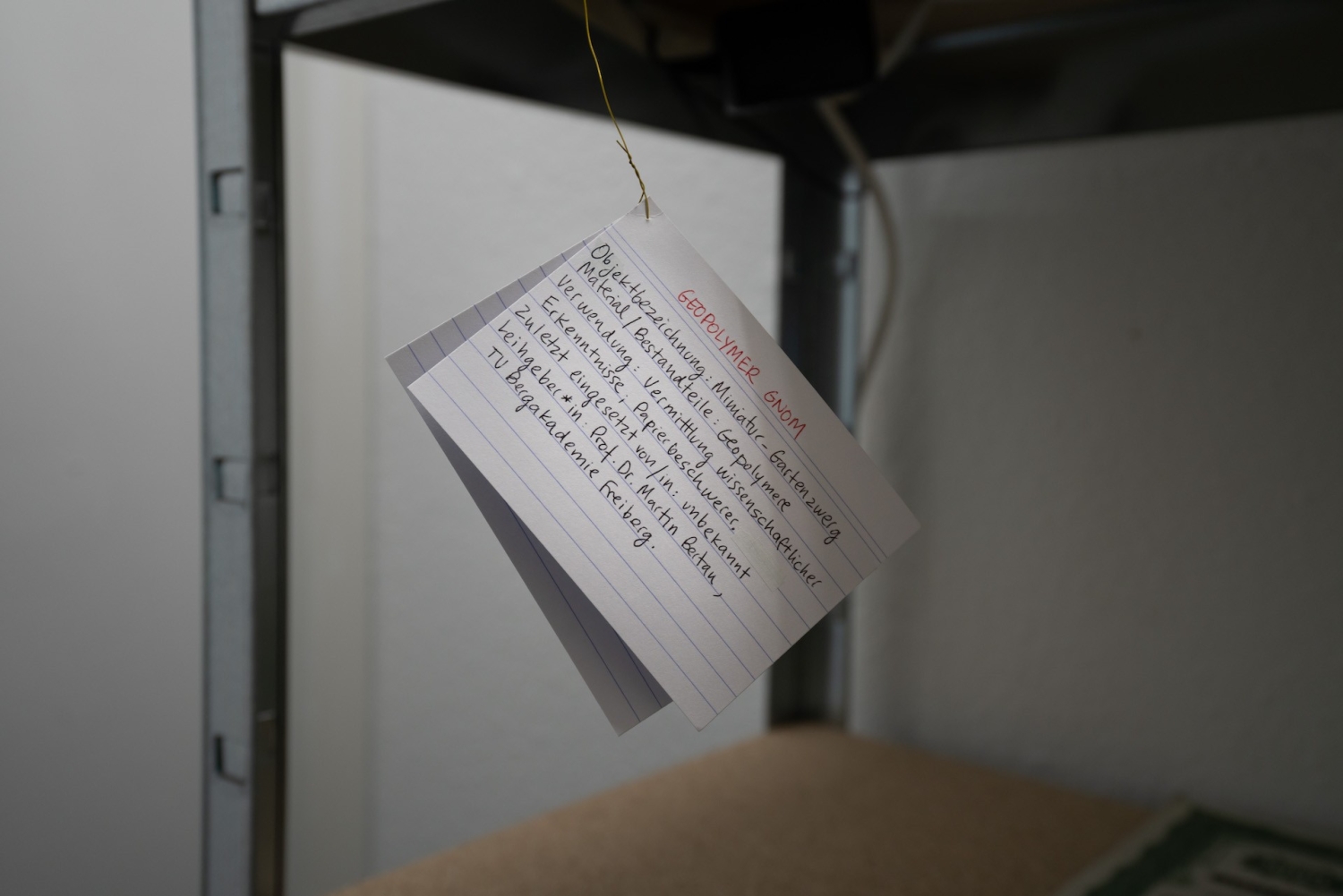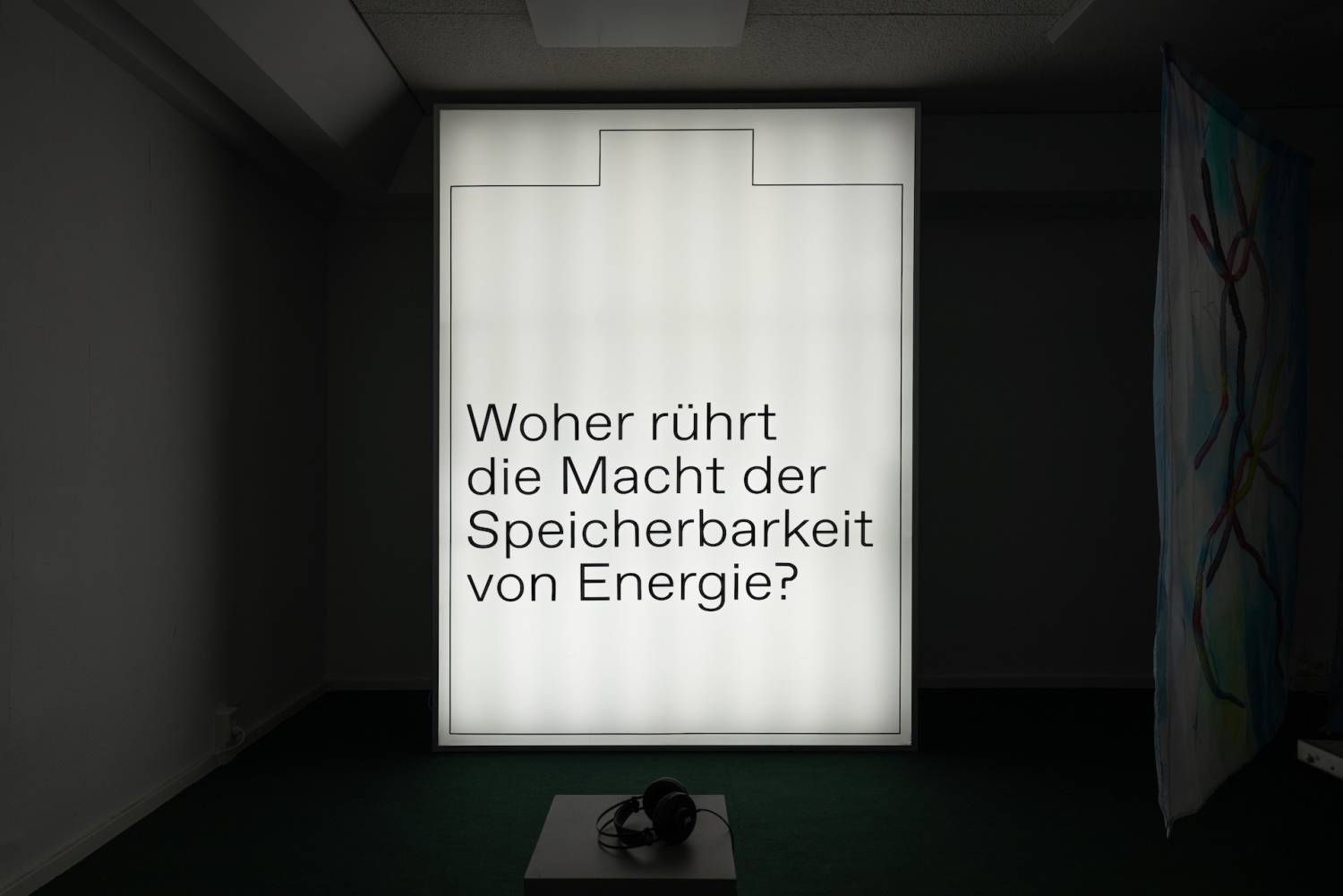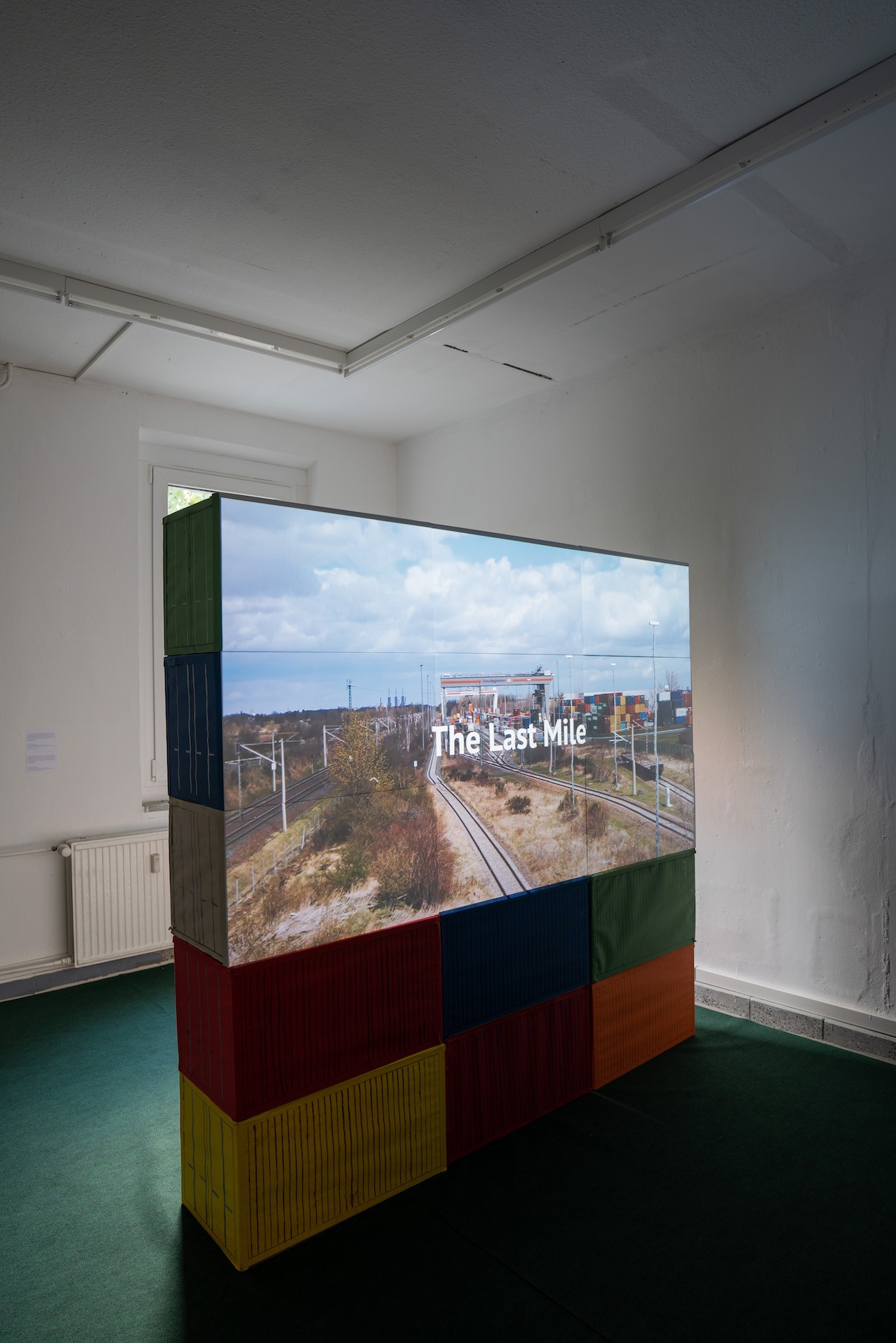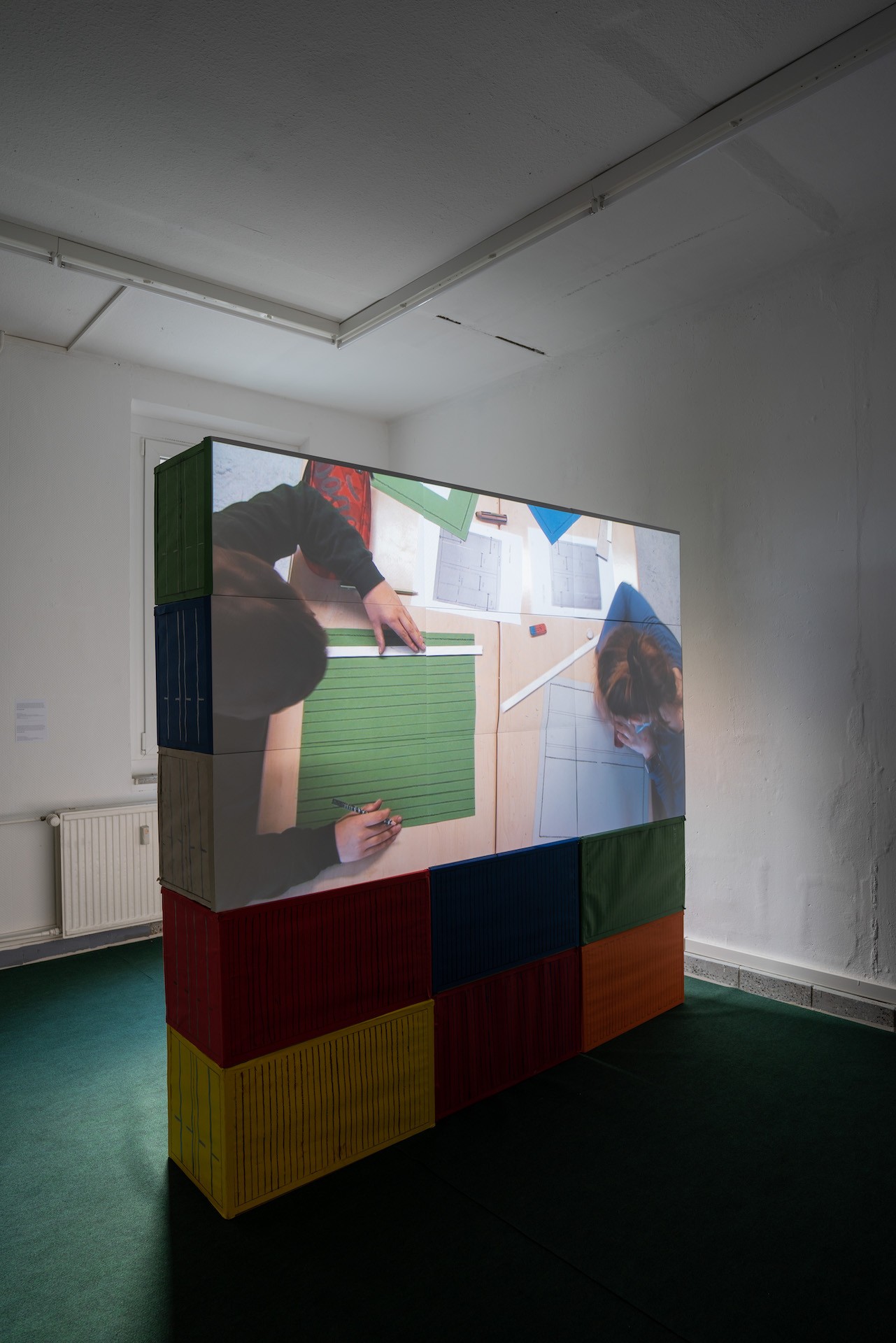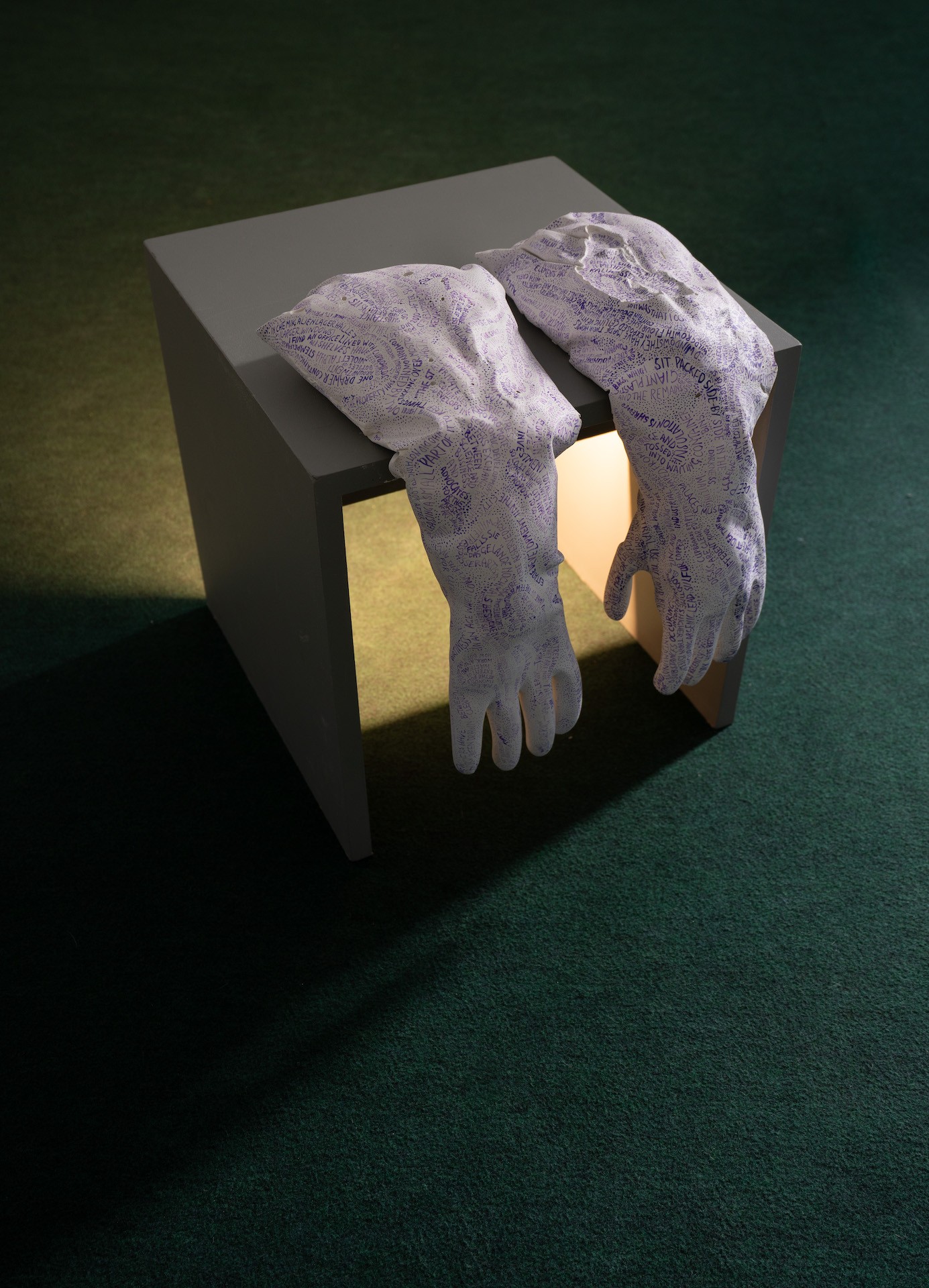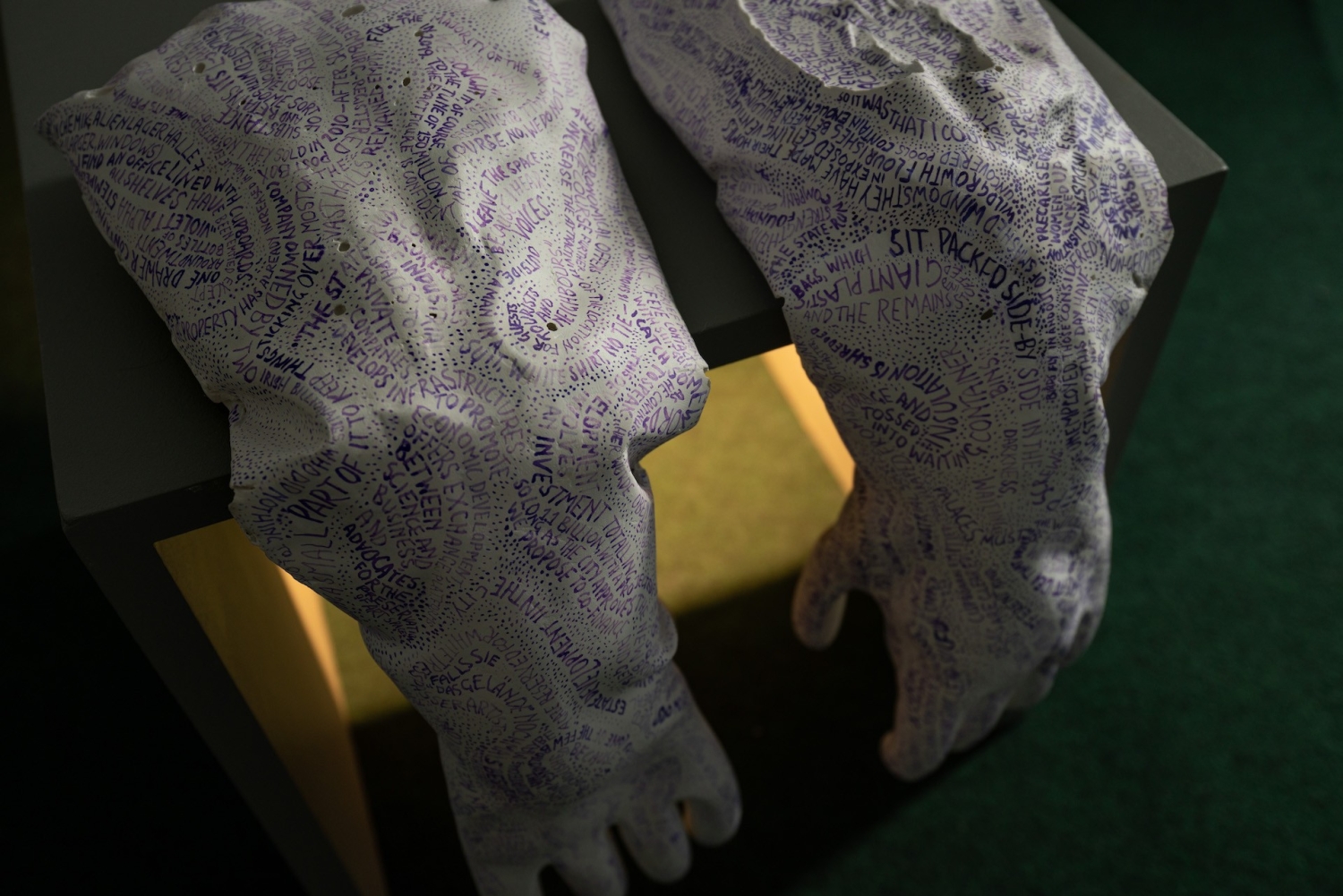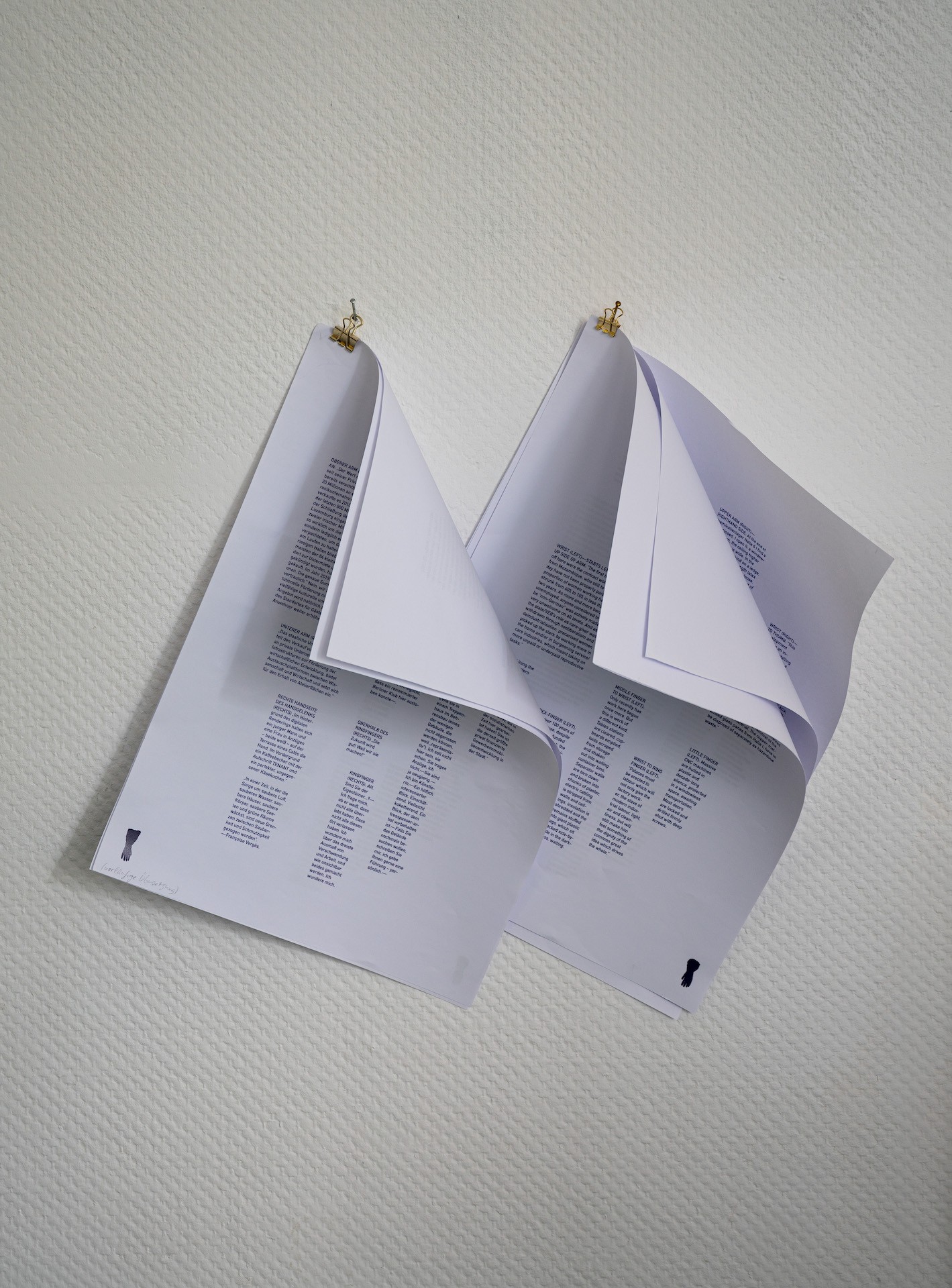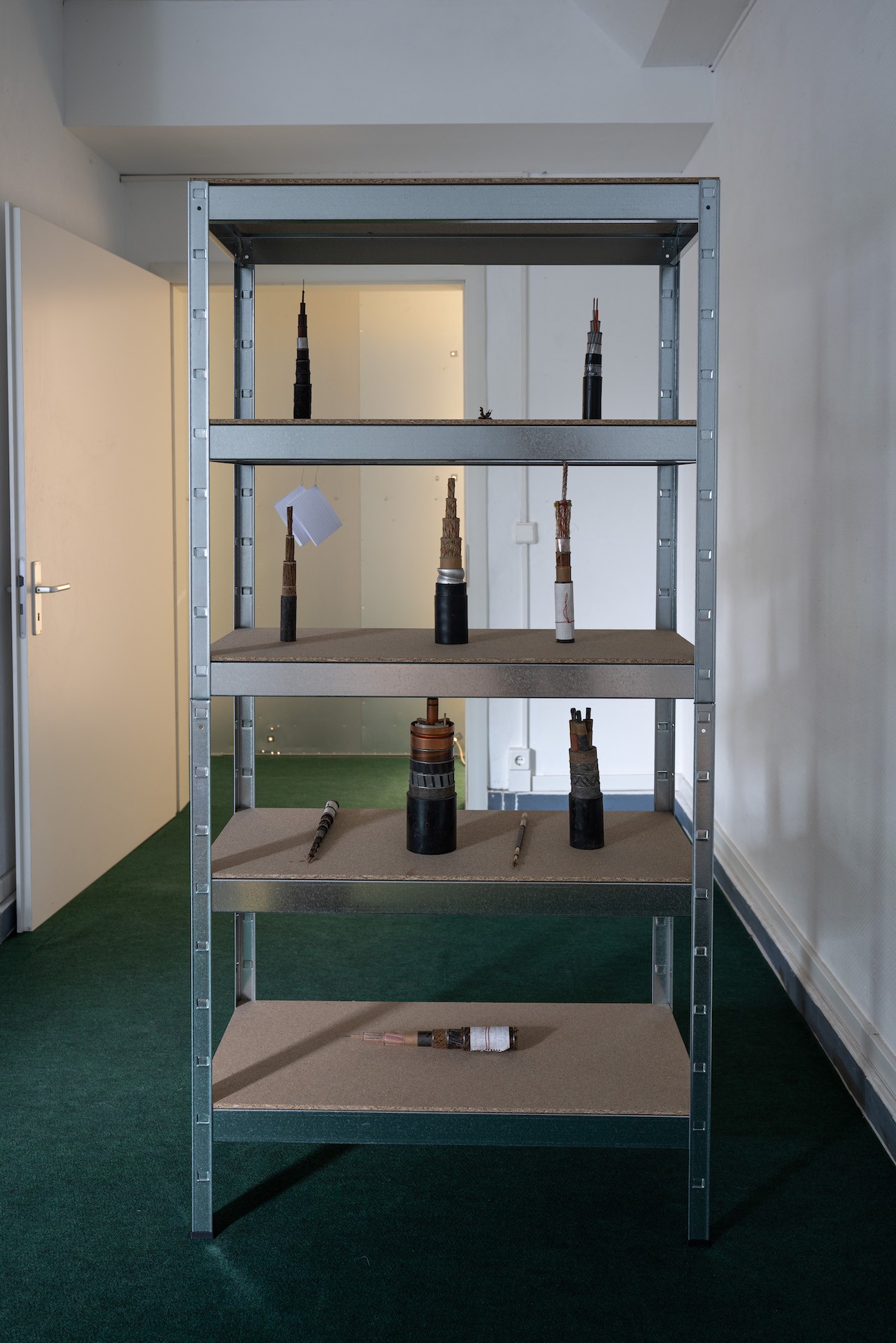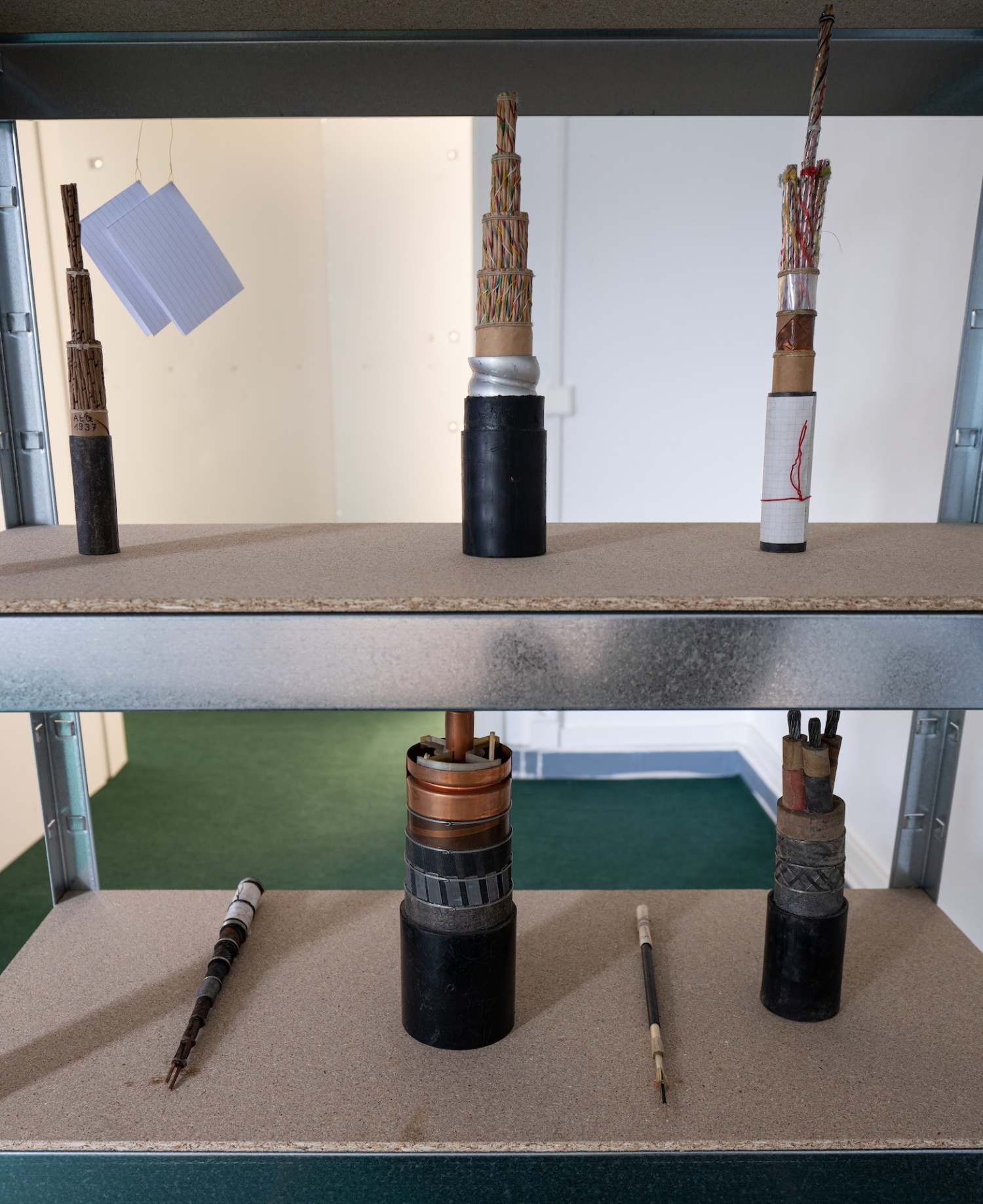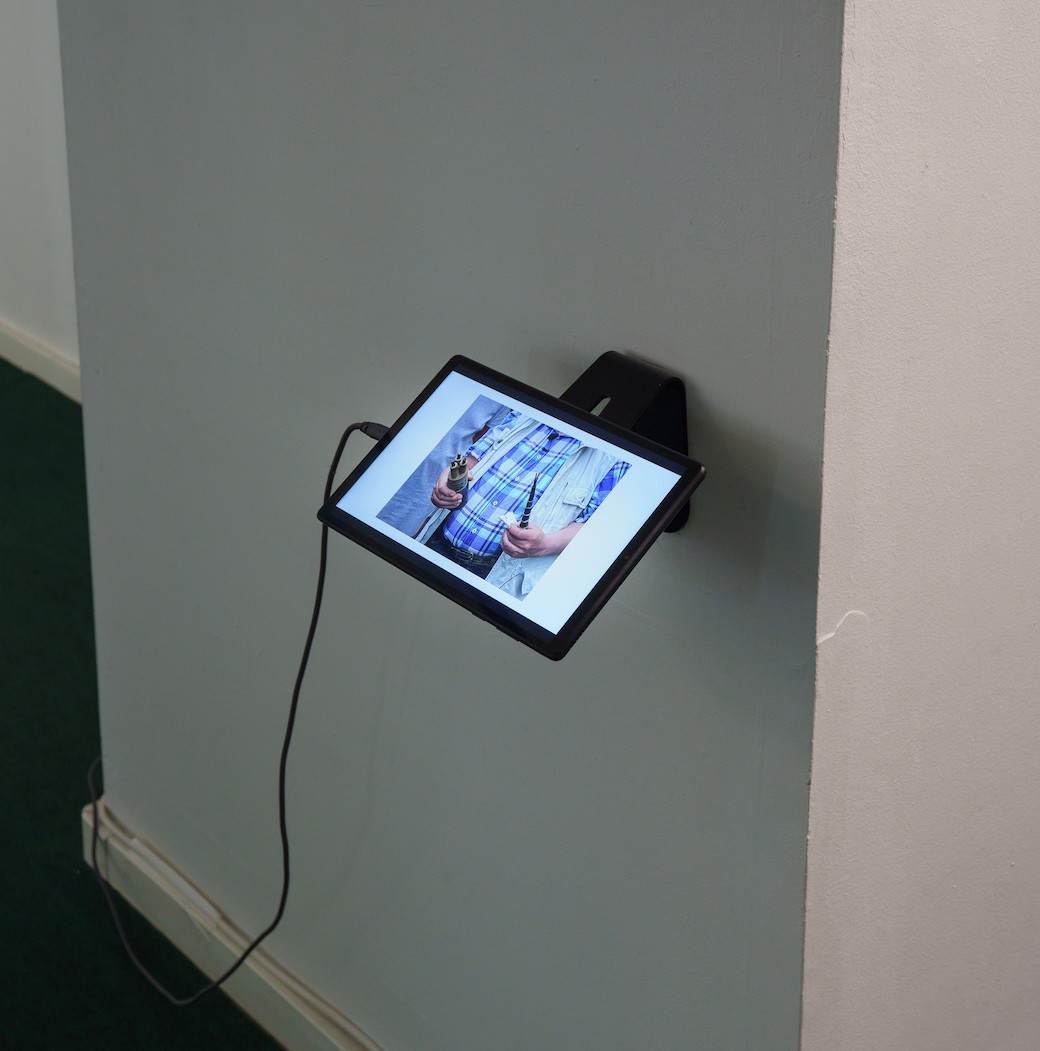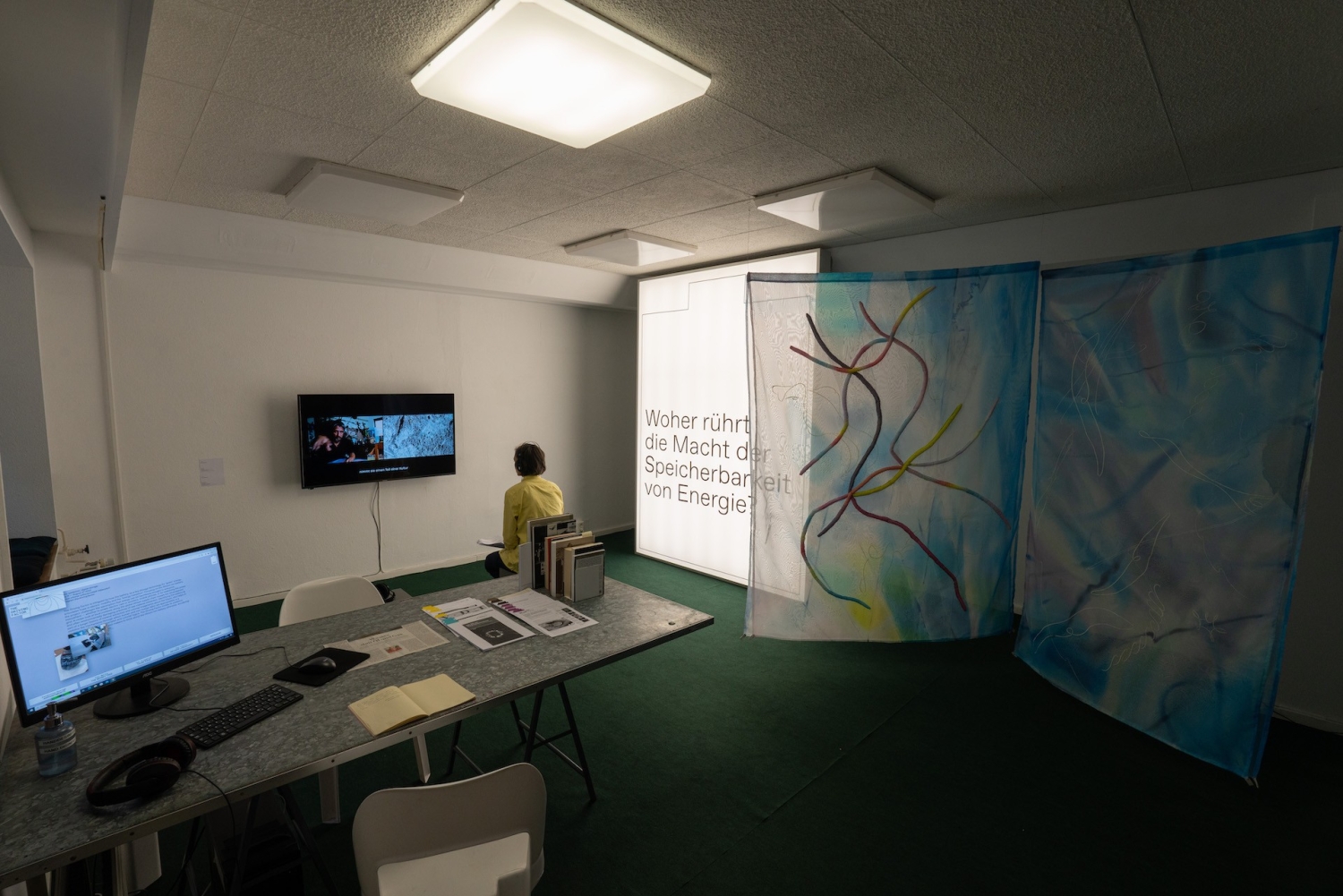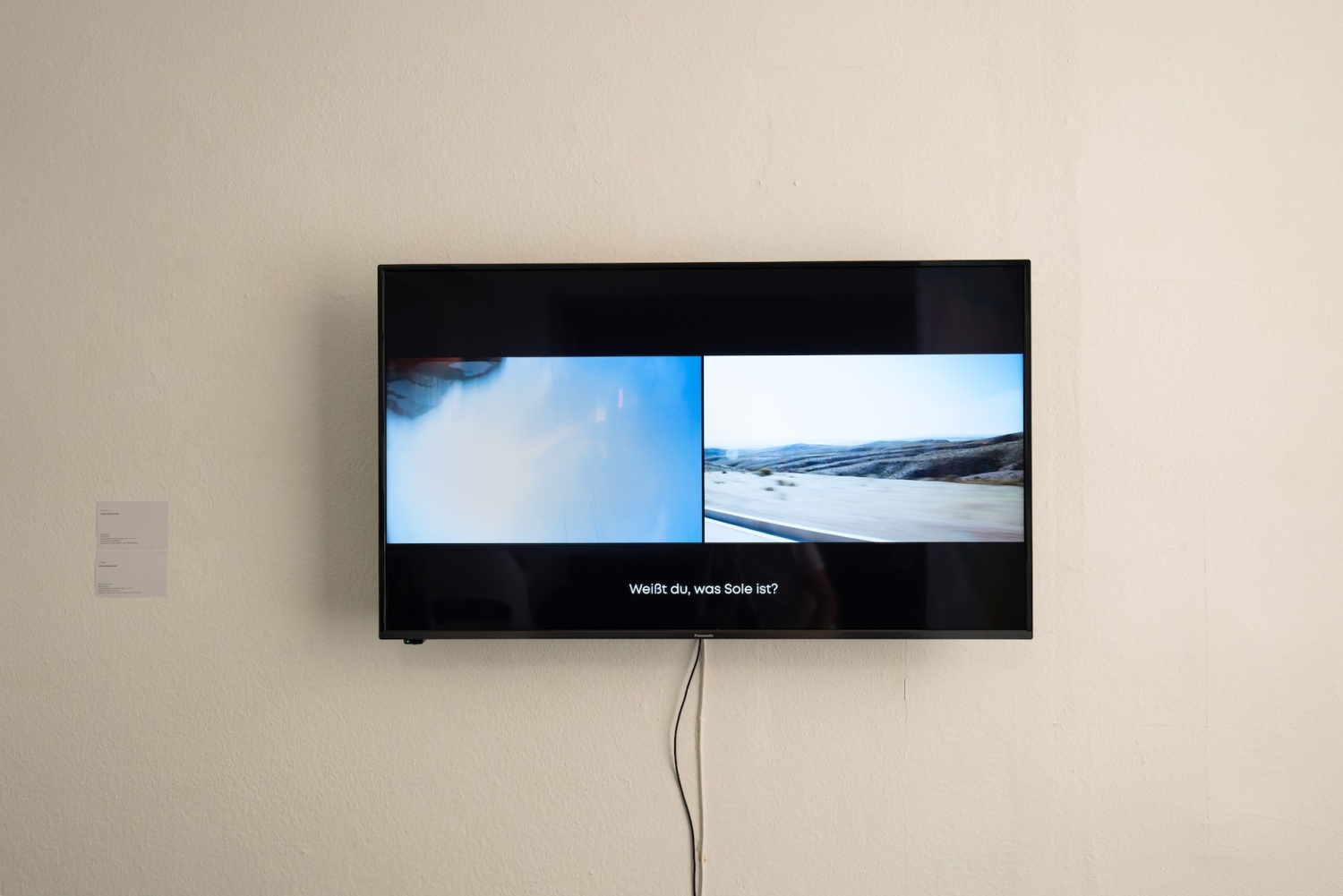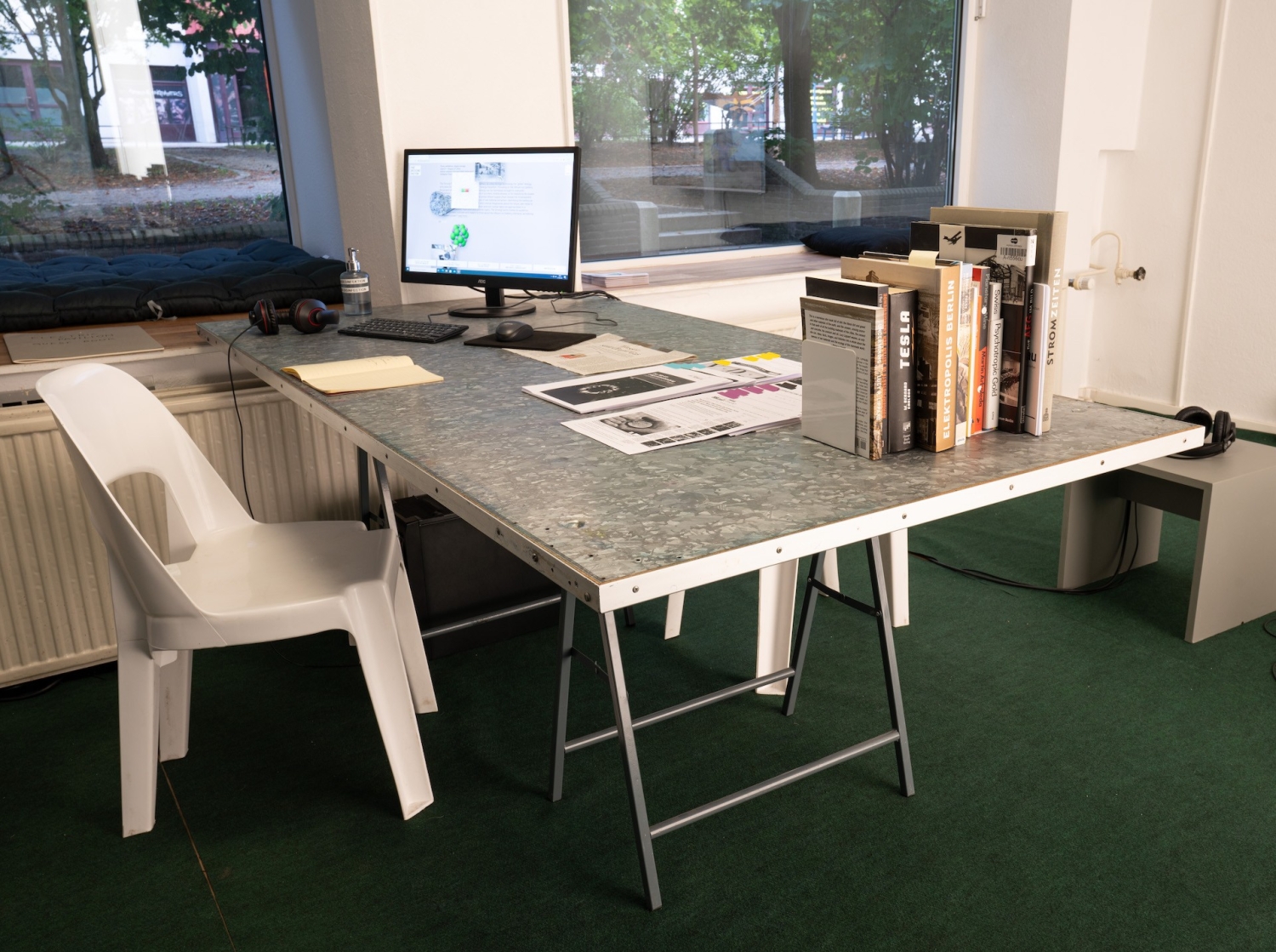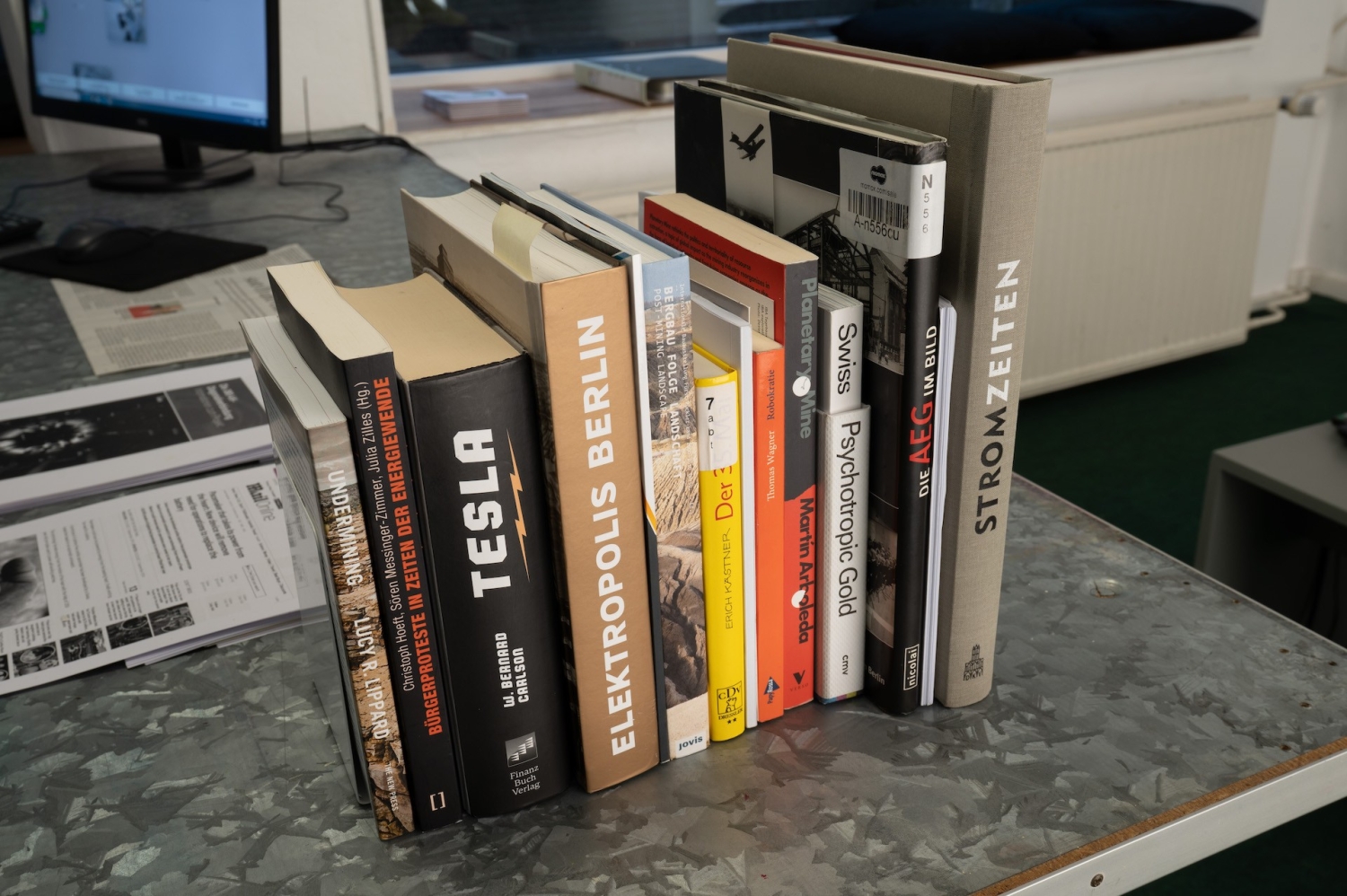On November 11, 2011, the Słubfurt Parliament (Słubice with Frankfurt/Oder) hosted the EU Energy Summit 2050 in the Frankfurt City Hall, with numerous European experts on the controversial feasibility study "Roadmap 2050" of the European Climate Foundation and the energy transition in Europe.*
Since Fukushima, the European Climate Foundation's controversial "Roadmap 2050" feasibility study on the future energy transition in Europe is gaining momentum. Pointing the way to an 80% reduction in Europe's CO2 emissions by 2050, "Roadmap 2050" envisions the creation of a vast energy grid for the necessary distribution of solar, wind, hydro, biomass and geothermal renewables across Europe. It also plans a significant expansion of CCS technology.
* in the form of a role play.
Impulses
2050, Video, 2011
2050 was created on the occasion of the European Live Art Festivals Exchange Radical Moments on behalf of Słubfurt e.V.
In cooperation with the Collegium Polonicum, students of the European University Viadrina, the Klinger Runde, SEMS Słubice and citizens from Frankfurt and Słubice. Special thanks to Michael Kurzwelly, Emily Völcker and the city administration of Frankfurt (Oder).
Can One Compare a Back to a Mountain?
Can one compare a back to a mountain? is one part of Chapter 1c within the 4 volumes publication Potosí Principle – Archive (2021)
Commodifying Nature
A Discussion with Susan Newman
At what point does a raw material become a “commodity” or an “asset”? How are rare earths traded on the commodity markets? Susan Newman, economist from the Open University, UK, answers questions from The Driving Factor.
Gloves
Gloves consists of a plaster cast made from arm-length latex safety gloves. These were found in an otherwise empty chemical storage hall on the former site of the ‘Werk für Fernsehelektronik’, previously the ‘Nationale Automobil-Gesellschaft’ factory, located in the Berlin district Oberschöneweide. Using violet stamp ink also found onsite, a handwritten text covers the entire surface of the cast. The text weaves together multiple stories relating to the place, tracing the experience of trespassing its spaces, and telling of an accidental meeting with its new real estate developer. The text also traces how, in this context, experiences of human displacement and the industrial contamination of the land are repressed during both the post-1990 ‘transition’ to capitalism and the ‘green transition’ today. Gloves points towards enduring toxicities that are still felt at the surface of the skin, even if stories and their spaces are to be erased.
Gloves was temporarily installed in the former factory’s heritage-listed, representative entrance hall. Parts of the text were read aloud in German in the frame of The Driving Factor.
Gloves, 2022 (Text).
Licking the entangled blue space
A flamingo patiently walks through the shallow water that collects on top of the Salina. Its long legs, furiously pink, zig-zag against the white background as it dips its head. Its tongue searches for the microscopic bodies of diatoms, creating ripples across the water, ruffling the sediment and turning the water bluer. Licking the entangled blue space stays on this moment and stretches it, dwelling in the encounter between the flamingo's otherworldly tongue and the microscopic ecology of the salt desert, wondering what kinds of pleasure arise from their touch. Is their encounter erotic? What if the flamingo's tongue is a gateway to another vocabulary of touch? What else is this encounter besides feeding? This work ponders on the possibilities that are lost when a landscape is judged in terms of its productivity; what are the openings, the futures, that are hidden away in the folds of the productive?
Linien im Sternenhimmel
Linien im Sternenhimmel, 'Lines in the starlit sky', was read as part of an event to commemorate World Car Free Day on September 22, 2021, in Hellersdorf, Berlin
Lithium is Chapter 1e within the 4 volumes publication Potosí Principle – Archive (2021)
Offering to Non-Celebrity Elements
Maryam Katan's performance Offering to Non-Celebrity Elements took the periodic table as its starting point to question unchallenged beliefs in science and technology and to playfully argue for new collective forms of knowledge. What are the consequences of Western science's presumption to be able to predict the properties of something not yet discovered?
Offering to Non-Celebrity Elements, Performance & Video in Zinnwald, 2022
Planets, Pockets, PR: Parables of Energy Storage
Speicher // station urbaner kulturen
For the duration of The Driving Factor, station urbaner kulturen/nGbK Hellersdorf was transformed into a 'storage' where new and existing artistic works, research materials, podcasts from the project group, and impressions of the tours were gradually stored and presented in different contexts.
With contributions by Aurora Castillo, Eva Hertzsch & Adam Page mit Wolfgang-Amadeus-Mozart-Gemeinschaftsschule und Victor-Klemperer-Kolleg Berlin, Sonja Hornung, Leni Roller, The Driving Factor, and others.
The Last Mile
With children and young adults, the film project The Last Mile explores the connections between consumption, supply chains, working conditions, energy consumption, mobility and migration. Based on their own research, twelve students choose the content and route of the last leg of transport, the so-called 'last mile', of respective overseas containers. On the way between a Deutsche Bahn transshipment point in Brandenburg, where they pick up the containers, and two shopping centres in their neighbourhood Berlin Marzahn-Hellersdorf, where they deliver those, they talk about the contradictions of buying goods that harm the environment or are produced by child labour. In parallel, workers in the logistics and retail sectors share their experiences with global supply chains.
There are currently an average of 3,000 trucks and delivery vans per day on every main road in Berlin (source: Straßenverkehrszählung Berlin 2021, Teil A, p. 6). A significant proportion of these come from freight transport centres along the Autobahnring highway A10, from where the 'last mile' is covered. These centres were created in the last 60 years as part of a reorientation in Berlin’s road transport policy: for the truck and car-friendly city, for the construction of the wall, for the stock market flotation of Deutsche Bahn AG and for a post-Wende urban living, recently further defined as green urban living, 16 freight stations in the city area had to disappear. The result: in 2021, in order to relieve the streets of trucks again, BVG began testing the option of transporting parcels by tram, a current practice in many cities around the world. The city of Paris, which has imposed a diesel ban from 2024, has been relying on electric rail freight and cargo bikes for the 'last mile' since 2019. What would the supply of goods in Berlin look like if a city-wide diesel truck ban were enforced?
The Last Mile, Video, 2022
A collaboration of Eva Hertzsch & Adam Page with Ahmad, Dean, Enno, Hamza, Hanna, Jonas, Layan, Khanh Linh, Kimberly, Mattheo, Melissa and Paula (Wolfgang-Amadeus-Mozart -School, Berlin, 5th grade); Bilal Al Kassab, Mohamad Alnajjar, Ali Baji, Hasan Ghannam, Desalé Hidrit, Fariba Karimi, Oliver Klein, Benjamin Lenz, Vivien Leyh, Dilyar Milli, Mokhtar Mohammadi, Marcus Nitschke, Seraphin Joel Pahl, Jovana, Ritan, Mahnaz Sedighi, Zeidan Sharaf, Farida Shekho, Samah Soufi, Fabienne Traub, David Zarenbach, Bogdan Zhytniak and Michaela Schonhöft, teacher (Victor-Klemperer-Kolleg, Berlin, 11th grade); and Rohit Arora.
